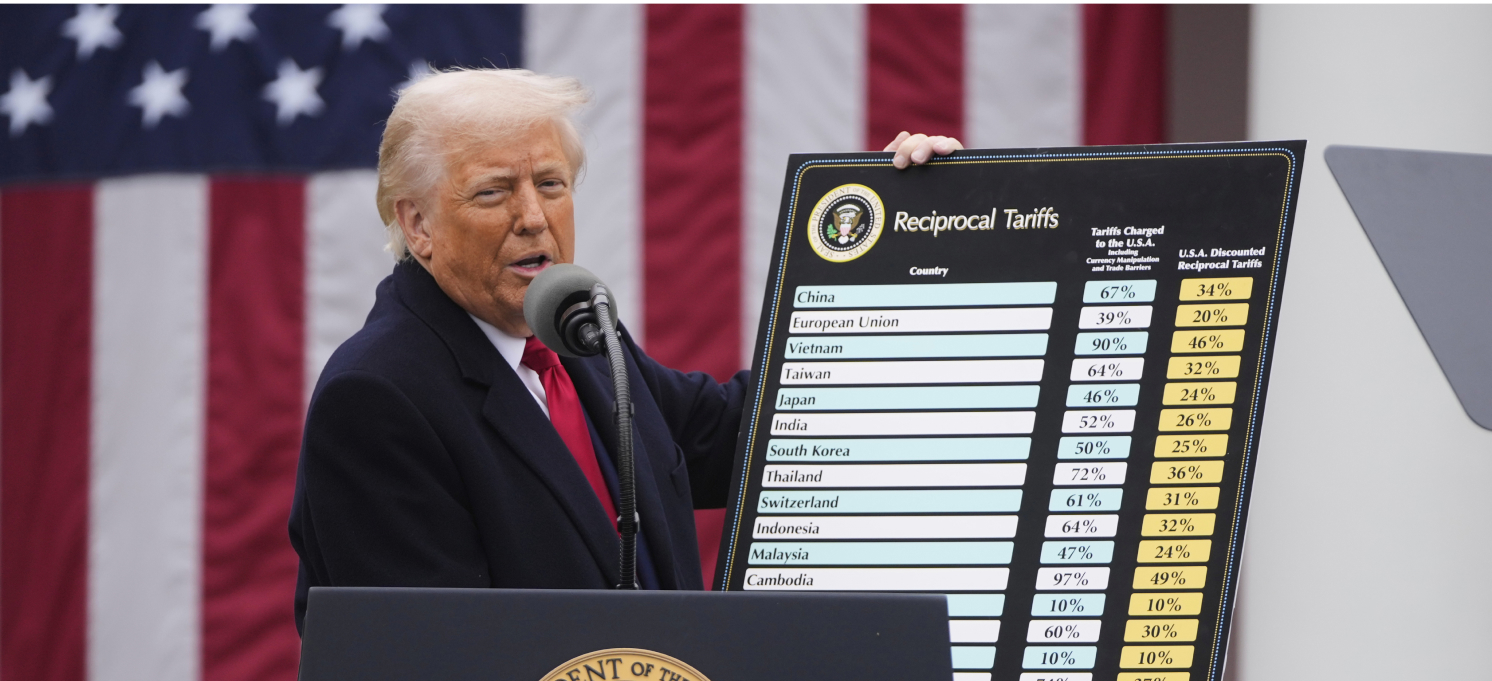
Is Russia’s overheated economy finally starting to cool?
Hello! Welcome to your weekly guide to the Russian economy — written by Alexander Kolyandr and Alexandra Prokopenko and brought to you by The Bell. This week, our top story looks at the signs that the economy is finally starting to cool. We also analyze what an oil price of about $60 would mean for Russia’s finances.
Evidence grows Russia has passed ‘peak’ of economic overheating
Recent data suggests that the overheated Russian economy is starting to cool. This includes a fall in retail lending, slowing wage increases, and dropping industrial growth. However, it shouldn’t be overstated. The Central Bank believes that cooling is underwhelming, and opted to raise interest rates to 19% on Friday. We’re certainly not seeing an economic slowdown—just a gradual end to the unfettered growth of the last 18 months.
What’s going on?
“We are seeing signs of a slowdown in the growth of consumer demand and economic activity in general,” the Central Bank said in a report issued last week. The same day, German Gref, the influential head of state-owned Sberbank, said at a conference in the Far East that Russia had passed the peak of its economic overheating.
- A fall in retail lending in July and August is one of the indicators of cooling. A Sberbank executive last week highlighted a 3% month-on-month decline in consumer loans (which is untypical for July). That fall has been caused, in part, by tighter regulation. In August the fall continued: compared with July, the overall volume of consumer loans was down 4.2%. Compared with last August it had fallen by a third.
- Wage increases—a key driver of inflation—are also slowing. In the first quarter of this year, real wage increases hit 11% year-on-year. Since early April, however, the increases have been smaller and, in June, the most recent available figure, real wages were only growing 6.2% year-on-year. That’s the lowest level since April 2023.
- A summer slowing has also been visible in industry. Industrial production growth, which has been above 4% year-on-year since the second quarter of 2023, was just 2.7% in June and 3.3% in August. These are the lowest levels since March 2023. These falls were even noticeable in the manufacturing sector (including the military-industrial complex), which reported year-on-year growth of 5.7% in June and 6.6% in July. Again, these are the lowest levels since March 2023.
- Despite these signs of a slowdown, the Central Bank on Friday raised interest rates from 18% to 19%. Evidently, the regulator would like the slowdown to be faster, and deeper. In a press release, the Central Bank said cooling was a result of limitations on supply, and not falling demand—and that inflation remained high. “If the cooling was only because of demand, we would be seeing inflation come down,” Central Bank head Elvira Nabiullina said at a press conference.
Why is this happening?
This trend is partly explained by the high base effect caused by last year’s rapid growth. But it is also the result of high borrowing costs, and the difficulties with international payments triggered by Western sanctions.
What’s the business sentiment?
Businesses are starting to feel the slowdown as well. While business confidence remains high, fewer and fewer executives are happy with the current economic situation. In both mining and manufacturing, executives continue to complain about labor shortages.
The consolidated business climate indicator, which the Central Bank compiles from surveys, has also fallen to last year’s average. Businesses expect falling demand, and rising prices.
The public is also braced for price hikes. A total of 34% of Russians expect inflation to accelerate in the coming months, according to a Sept. 1 poll by the Public Opinion Foundation. That’s the highest percentage since Nov. 2023.
Is the slowdown across the board?
Despite the signs of cooling, the fundamental drivers of overheating remain in place: growing military production, and an intense labor shortage. In some sectors related to the military (like for example finished metal products and optics and computers), there is no sign of any cooling. Inflation also remains high.
Why the world should care
All this is starting to suggest that we could see the emergence of stagflation (low economic growth and high inflation) in Russia. The most dangerous outcome politically would be an end to real wage increases coupled with a decline in lending that severely dented the living standards of the country’s “new middle class.”
What would $60 oil mean for Russia’s budget?
Amid a sharp fall in oil prices Tuesday, the price of a barrel of benchmark Brent went below $70 for the first time since Dec. 2021. Russian Urals was trading in Baltic ports at $60. When Hurricane Francine hit the Louisiana coast later this week it pushed prices up a little, but not to anywhere near the level at which the Russian budget will break even.
- Oil prices are being squeezed by increased production in some states outside the OPEC cartel (such as the U.S.), as well as reduced demand for oil in China, U.S. and Europe. Both OPEC and the International Energy Agency have identified falling prices as a trend. The IEA on Thursday lowered its estimate of year-on-year growth in oil demand by 67,000 barrels per day (from 970,000 to 903,000).
- At an industry conference in Singapore at the start of the week, representatives of two of the “big four” oil traders, Trafigura and Gunvor, predicted that crude prices might spend some time hovering between $60 and $70.
- This is clearly not good news for Russia’s finances. This year’s budget was based on an average price of $85 for Brent and $71.3 for Urals.
- Discussions about next year’s budget are still underway, but the preliminary version put forward last year assumed an average price of $80 for Brent. This was the same in a forecast this week submitted by the Economic Development Ministry (and seen by The Bell). It predicted an average export price of $69.7 for Urals.
- At current exchange rates, a $20 fall in oil prices would lead to a 1.8 trillion ruble ($20 billion) fall in revenues. That’s equivalent to about 1% of Russia’s GDP. Of course, this is based on an average price over the full year. And any shortfall would also be mitigated by the inevitable weakening of the ruble. But the government would face a choice of either reducing spending (unlikely during a war), increasing taxes (not currently planned), or accepting inflationary pressure and stiflingly high interest rates.
Why the world should care
The big question is how long oil prices will remain low. If it’s a couple of months, then it won’t have much impact on Russia’s finances—there will simply be less cash in reserve. But if it’s longer, then it will combine with the effects of the ongoing war in Ukraine and Western sanctions to create a series of problems, particularly that of persistent inflation.
Figures of the week
Inflation in August was 0.2% down from 1.14% in July, according to the State Statistics Service (Rosstat). This slowing was expected: it coincides with seasonal price falls for fruit and vegetables. Weekly inflation between Sep. 3 and Sept. 9 accelerated to 0.09% following a week of 0.02% deflation. So far this year, inflation is running at 5.35%.
Russia’s state development bank, VEB.RF, has given Bangladesh a deadline of Sep. 15 to pay $630 million in outstanding and current interest on a loan to construct the Rooppur nuclear power station, Bangladeshi outlet TBS reported Wednesday. Bangladesh cannot pay the money due to U.S. sanctions on Russian banks. If the country does not pay, Russia is threatening not to transfer the remaining tranches of the loan. The loan for the power station was agreed in 2016. Construction is behind schedule and, as a result, Bangladesh is asking for extension to the payment deadline. So far, Russia has refused.
Further reading
Individuals Over Institutions: Ukraine’s Government Reshuffle
Why the Kremlin Is Drifting Closer to Houthi Rebels in Yemen
The sneaky way that Russia is still evading western sanctions



PAID SUBSCRIPTION LAUNCH
From May 1, 2025, The Bell in English will no longer be free
From May 1, 2025, all The Bell’s newsletters and online content will be behind a paywall. We have taken this decision so that The Bell can remain financially independent, and maintain our high standards of journalism and economic expertise






